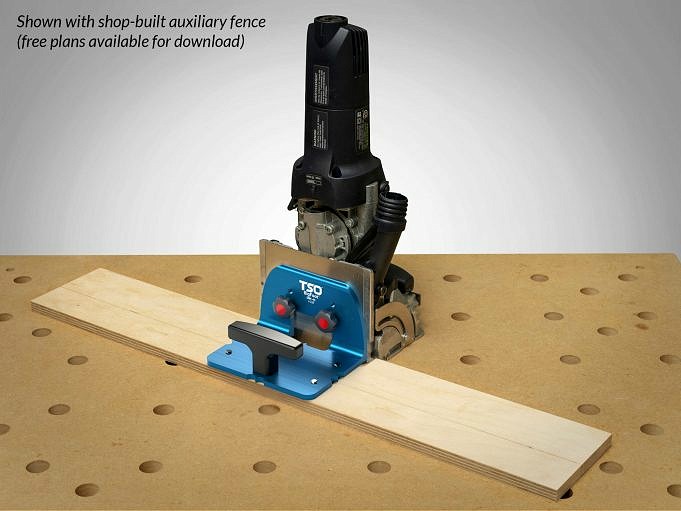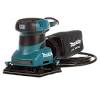When it comes to joinery, you have two basic kinds. On one hand you have the traditional, strong and time-consuming joints (think dovetails). You also have joints that are quick to make, but are not preferred by purists (think pocket screws or biscuits).
With the release of the Festool Domino DF 500 Q system, those old rules have just been chucked into the dumpster. The Domino is a hand-held tool that cuts perfect mortises in your work. A little glue and a loose tenon (which resembles a domino) completes the joint. In my 14 years of working wood, it is the fastest, easiest and most accurate way to cut this traditional joint that I have ever used (and Ive used them all).
Although the Domino is fast as a biscuit joiner, it makes joints as strong and durable as you can ever imagine. The trick is the machines bit and how it moves when the tool is on. The bit, which is available in five, six, eight and ten mm diameters, spins at 25,500 RPM and moves left and right as it goes into the work. The mortise is created in four seconds and can be used to hold one of five beech Dominos.
Loose-tenon joinery is nothing new, but what is different about the Domino DF 500 Q is that you can do such a traditional and strong joint with little (or no) marking on the work. And you can work anywhere on a board and at any angle. Plus, because the Domino is hand-held, you can take the tool to the work (always my preference) rather than moving large workpieces over a tiny cutter in a table saw or router table. You can also put a mortise where no biscuit joiner can, like into the end of a rail measuring 3 cm wide.
You will need to place the two pieces against each other and draw a line across the joint where the mortises are to be placed. Set the tool to make a mortise of the desired depth and width (its easy, just a dial and a switch). Then you line up the tools cursor with your pencil line, turn on the tool and make a plunge cut.
All told, if you have ever used a biscuit joiner you will be immediately at home with the Domino. And there are many tricks to use the machine in surprising ways (again, check out our blog for details).
Are there downsides to the tool? All the controls are in metric, so get a metric ruler to guide your early efforts with the tool. The tool is more safe than others, but you should be more cautious with it than with a biscuit jointer.
Although some people may be put off by its price, the tool is very well made and much cheaper than other mortise-and tenon systems that require a router plus an jig or a table saw plus mortiser to make the joint.
After just a few weeks of use, I was completely sold on the tool. Now there is no excuse not to use a mortise-and-tenon joint. PW
– Christopher Schwarz
Christopher Schwarz is editor of the magazine.
Recommendations for Product
Here are some supplies and tools we find essential in our everyday work around the shop. We may receive a commission from sales referred by our links; however, we have carefully selected these products for their usefulness and quality.



